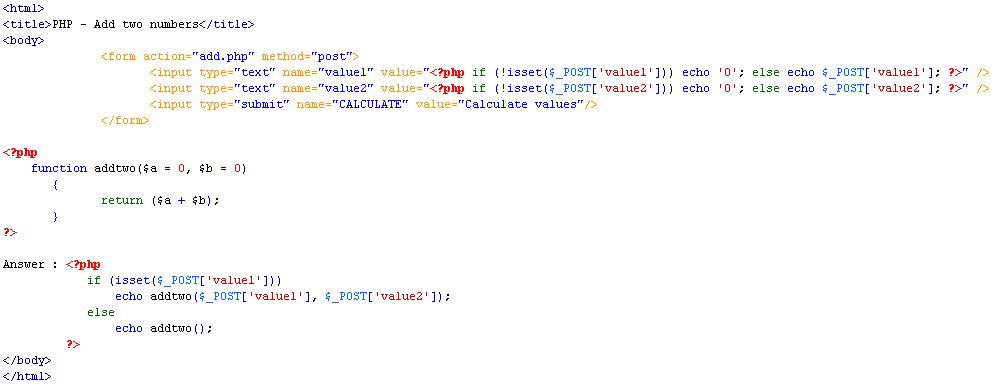Current Trends in Information Technology
1. E-commerce:
Models of E-commerce, Application with respect to models, BPR & E-commerce, Creation of Ecommerce
sites (ethics) commercial/ edu / org sites.
2. Information system Security:
Threats and implications, security policy, Biometric, facial and smart cards, RFID, DSA,
Firewalls:
Kinds of firewalls: packet filters, distributed firewalls
Building firewalls (only steps).
3. Knowledge management:
W hat is KM (Components and type of knowledge), knowledge building models, KM cycle and
KM
architecture, KM tools, KM approaches- Mechanist, cultural/ be/ heuristic, systematic.
4. GIS:
W hat is GIS, Nature of geographic data, spatial objects and data models, getting map on
computers, GIS standards, and Standardization process of GIS-development, implementation, and
deployment phases.
5. BCP / BPO:
What is BPO/BCP, Why it is required, Guidelines, Merits/De-Merits, Lows of BPO -Non
disclosure agreements, SLA (Service Level Agreements), Call center – brief perspective
technology wise?
6. E- Banking:
ICIICI. Com, HDFC.com, Electronic Payments, Securities in E-banking
Services Provided
- ATM
- ECS (Electronic Clearing System) e.g. Telephone, Electricity bills (6 hrs.)
7. E- Speak:
E- learning- Models (WBT, CBT, distance learning), LMS & LCMS,
Video Conferencing, Chat, bulleting, building inline community,
Asynchronous/Synchronous Learning
E- Logistics – Maharashtra.gov.in, Logistics & Supplier Chain Management, Warehousing
Management, Transportation Management, Information & Communication Technology, How set
up layers (Extranet, Intranet, Internet), Dynamiclogistics.Com , Samsung.com
E-Governance - What is E- Governance, Models (G2B, G2C, C2G, G2G), Challenges to EGovernance,
Strategy and tactics for implementation of E- Governance.
8. IT Act 2000(14 countries included IT act ):
Cyber law - Issue of Computer Access, Hacking & cracking, Types of Computer criminals &
crimes, Software /Hardware Piracy
9. Mobile Computing:
Difference between desktop and mobile computing, Mobility, Components,
WAP Architecture, Applications & Services, Security.
10. Embedded Systems:
Features & types of embedded systems, Components of Embedded system,
Applications of Embedded system, Palm devices.
11. Data mining and data Ware housing:
Architecture, OLTP & OLAP



